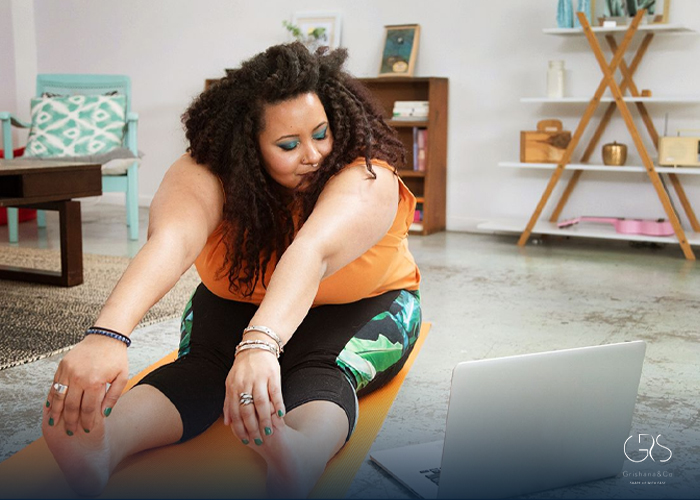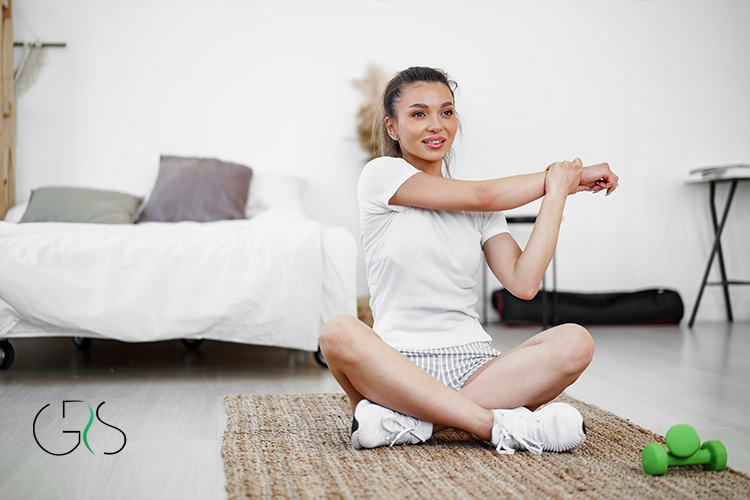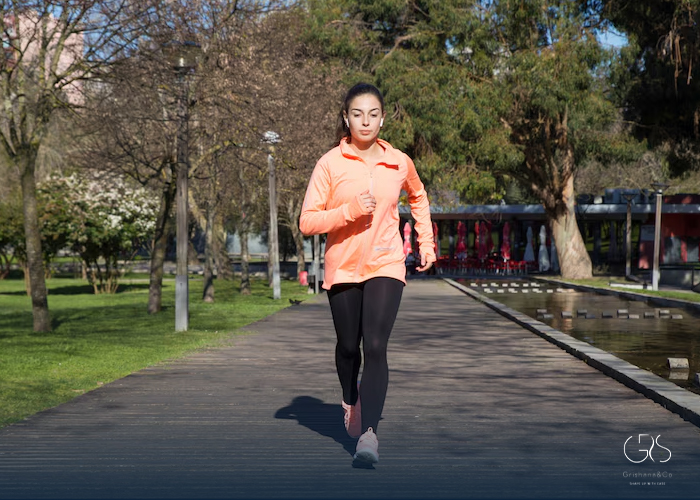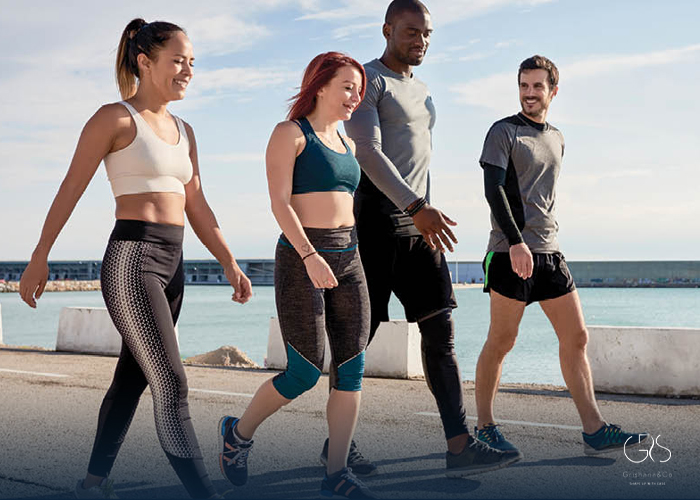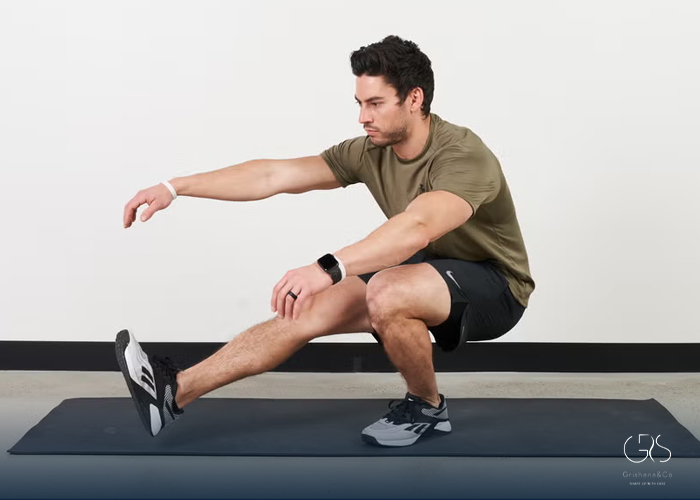Physical activity is an essential part of a healthy lifestyle, but the thought of exercising during your period may seem daunting to some women. However, engaging in regular exercise can have numerous benefits, including reducing cramps, improving mood, and increasing energy levels. While it is important to stay active during your period, it is also crucial to be mindful of the exercises you choose to do. In this article, we will explore exercises that are beneficial to do and those that are best avoided while working out during your period.
Benefits of Exercising During Your Period
Before delving into the specific exercises to do and avoid during your period, it is important to understand the benefits of working out during this time of the month. Research has shown that exercise can help alleviate period symptoms such as cramps, bloating, and fatigue. Regular physical activity boosts endorphins, which are known as “feel-good” hormones, helping to improve mood and reduce stress levels. Additionally, engaging in exercise can help regulate the menstrual cycle and increase blood flow, potentially reducing the duration of your period.
According to a study published in the Journal of Mid-Life Health, women who participated in regular physical activity during their menstrual cycle reported a decrease in the intensity of menstrual symptoms compared to those who were sedentary. Moreover, research from the American College of Obstetricians and Gynecologists indicates that exercising during your period can help alleviate premenstrual symptoms and promote overall well-being.

Exercises To Do During Your Period
1.Walking: Walking is a low-impact exercise that can be beneficial during your period. It helps increase circulation, reduce bloating, and alleviate cramps. Taking a brisk walk outdoors can also help improve your mood and reduce stress levels.
(Read more about health benefits of walking)

2.Yoga: Yoga is a gentle form of exercise that focuses on breathing and stretching. Certain yoga poses can help relieve menstrual cramps and improve flexibility. Poses such as child’s pose, cat-cow stretch, and sphinx pose are known to be particularly helpful during menstruation.
(Check out our article on beginner-friendly yoga poses for more information.)

3.Swimming: Swimming is a great full-body workout that is gentle on the joints. The buoyancy of water can help reduce the impact on your body while providing a refreshing way to stay active during your period. Additionally, swimming can help alleviate period-related bloating and improve circulation.
(I recommend reading my article about the health benefits of swimming)
4.Pilates: Pilates focuses on core strength, flexibility, and posture. It is a low-impact workout that can help improve pelvic floor strength and alleviate menstrual discomfort. Pilates exercises such as the hundred, the roll-up, and the leg circles can be beneficial during your period.
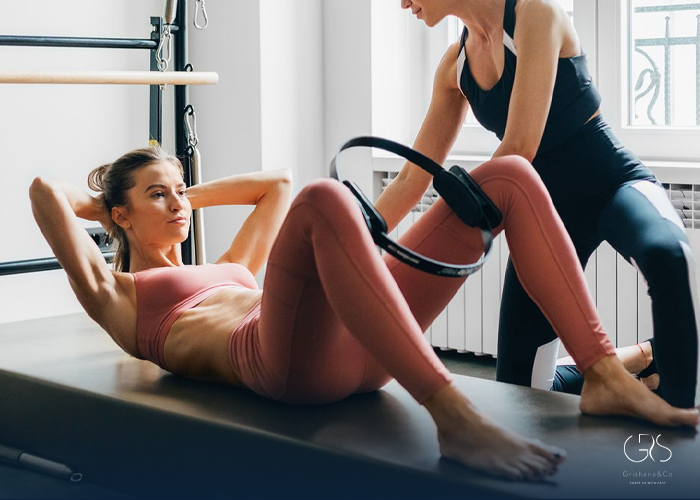
5.Light Cardio: Engaging in light cardiovascular exercises such as cycling, elliptical training, or dancing can help increase endorphin levels and boost your mood during your period. These activities can also improve blood flow, reduce bloating, and alleviate cramps.
Exercises To Avoid During Your Period
While staying active during your period is important, there are certain exercises that may be best avoided to prevent exacerbating menstrual symptoms. Here are some exercises to steer clear of during your period:
- Intense Weightlifting: Heavy weightlifting or high-intensity strength training can place additional stress on the body during your period. This can lead to increased muscle soreness, fatigue, and potential injury. It is best to opt for lighter weights and fewer repetitions during this time.
- High-Impact Activities: Exercises that involve a lot of jumping, such as running, plyometrics, or high-impact aerobics, can be hard on the joints and pelvic area during menstruation. These activities may exacerbate menstrual cramps and discomfort, so it is advisable to choose low-impact exercises instead.
- Abdominal Exercises: While core exercises are beneficial for strengthening the abdominal muscles, certain ab moves that involve excessive twisting or crunching can worsen menstrual cramps and back pain. It is best to avoid intense ab workouts during your period and opt for more gentle core exercises.
- Extreme Endurance Activities: Engaging in extreme endurance activities, such as marathon running or intense cycling events, can place a significant strain on the body during menstruation. These activities may lead to increased fatigue, dehydration, and hormone imbalances. It is important to listen to your body and choose activities that support your well-being during your period.
Conclusion:
Staying active during your period can have numerous benefits for your physical and mental health. By choosing the right exercises and avoiding those that may exacerbate menstrual symptoms, you can maintain a healthy workout routine throughout your menstrual cycle. Remember to listen to your body, stay hydrated, and prioritize self-care during this time.
Remember to consult with your healthcare provider before starting a new exercise routine, especially if you have any underlying medical conditions or concerns about exercising during your period.
Sources
- Journal of Mid-Life Health, Effects of exercise on the pre-menstrual symptoms in young girls


